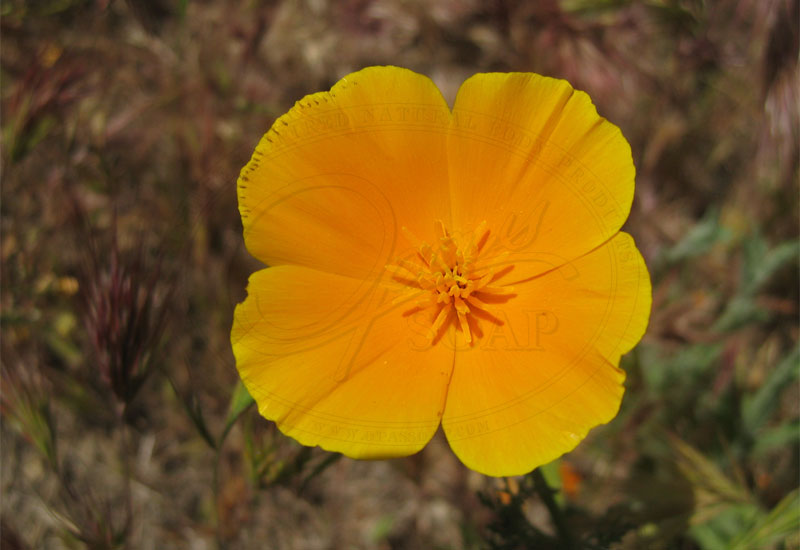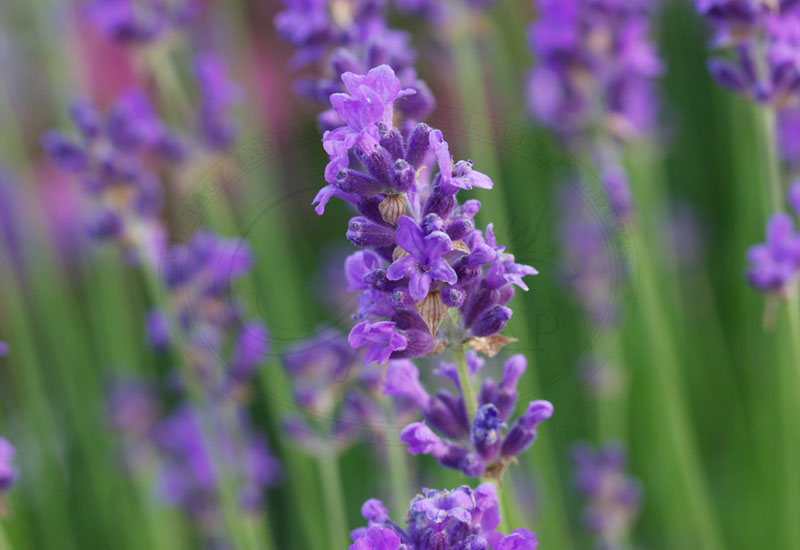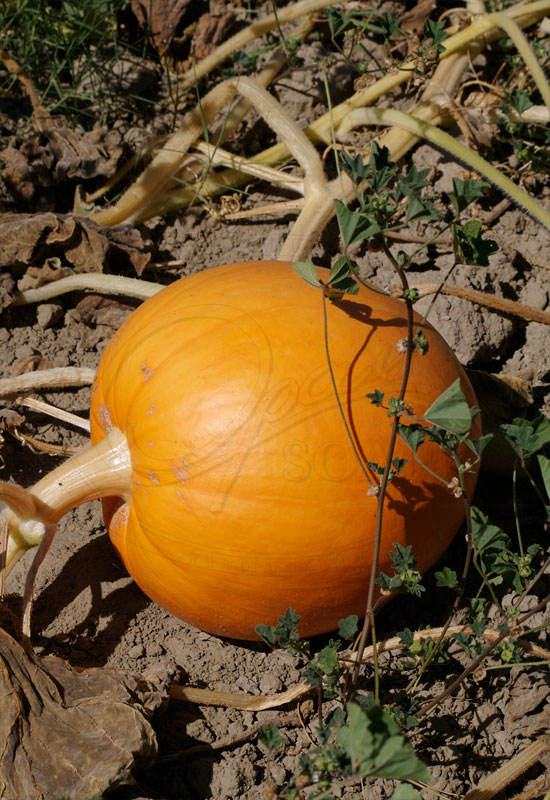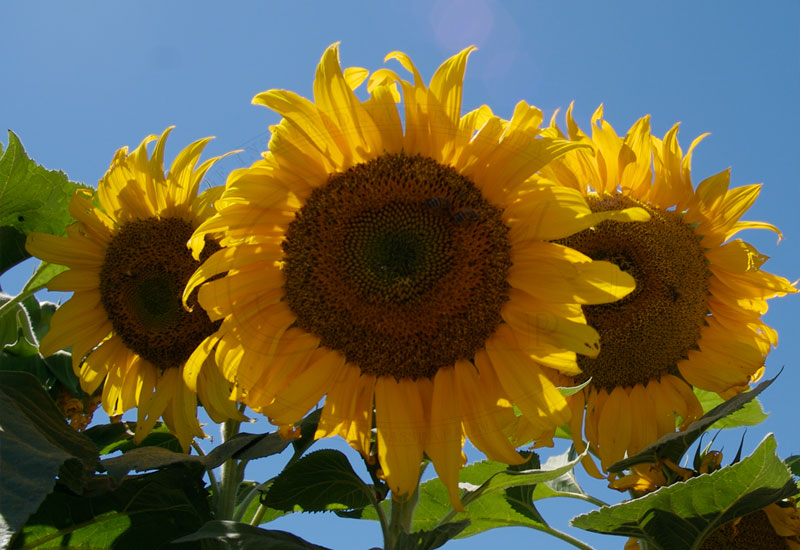Enhancing the bees habitat
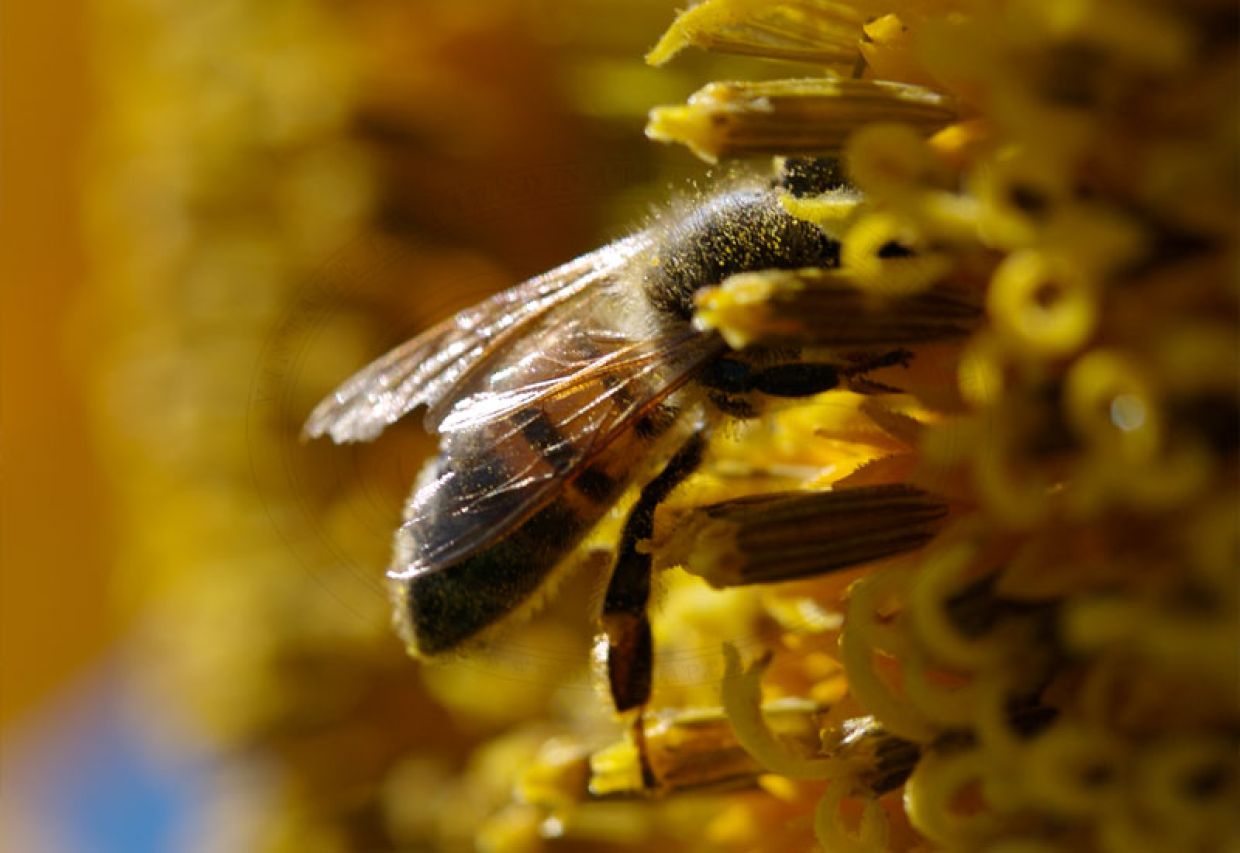
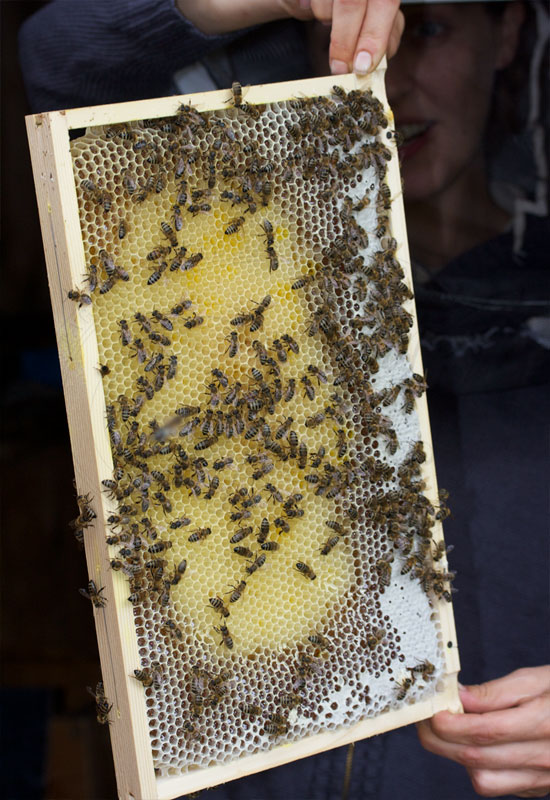 For example there is much research behind the disappearance of many bees around the continent and scientist speculate this is because global warming, pesticides, and habitat loss.
For example there is much research behind the disappearance of many bees around the continent and scientist speculate this is because global warming, pesticides, and habitat loss.
We met with a local student in Austria, she is studying to be a beekeeper. From her studies, she has learned there are a lot of diseases imported from various countries including Asia, and America. For example Asia is the carrier of Milbe (a type of mite).
If parts of regions in the world are experiencing global warming, bee keepers are leasing their bees out to pollinate crops. This can spread diseases causing more colonies to become infected.
We know in recent years, bee colonies are disappearing by the thousands. So what can we do to enhance the bee's, habitat? First we must understand the bee itself.
A bee is an insect and feeds on nectar and pollen. Feeding on pollen gives bee's much of their needed protein and nectar provides the bee with sugar/ carbohydrate.
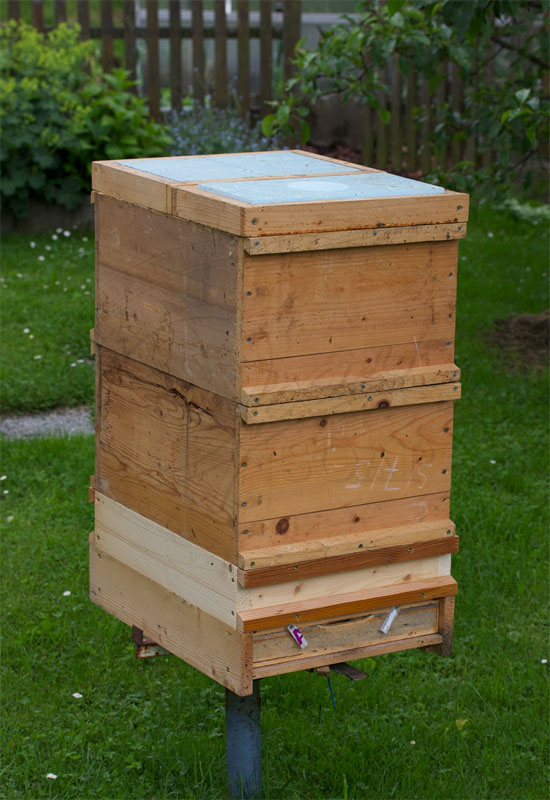 Honey Bees will travel anywhere from 1-7 miles to feed depending on where the hive is located whether in dessert surroundings, valleys, meadows or mountain range. Although honey bees will travel as far as they need to. Working pollen bees will forage much closer to the hive while bees that collect nectar will travel farther.
Honey Bees will travel anywhere from 1-7 miles to feed depending on where the hive is located whether in dessert surroundings, valleys, meadows or mountain range. Although honey bees will travel as far as they need to. Working pollen bees will forage much closer to the hive while bees that collect nectar will travel farther.
How long does a bee live?A bee's lifespan depends on the time of season born. Worker bees born early in the season live about 6 weeks and drones (males) will live about 8 weeks. Drones are only males and have the main job of mating with the new queen. A worker bee can live up to 40 days while a honey bee will live up to 45 days.
Making time
Without bees many flowering plants would go extinct and for man that means no more fruits and vegetables - our food supply. Many bees are part of the food chain and are eaten by animals including birds, raccoons, skunks, and some insects. The entire eco-system is a cycle and circle of life. When one habitat is effected it creates a chain reaction sooner or later causing extinction to wildlife and therefore effecting mankind.
So what can we do to enhance the bee's life and help bring back the natural cycle of nature?
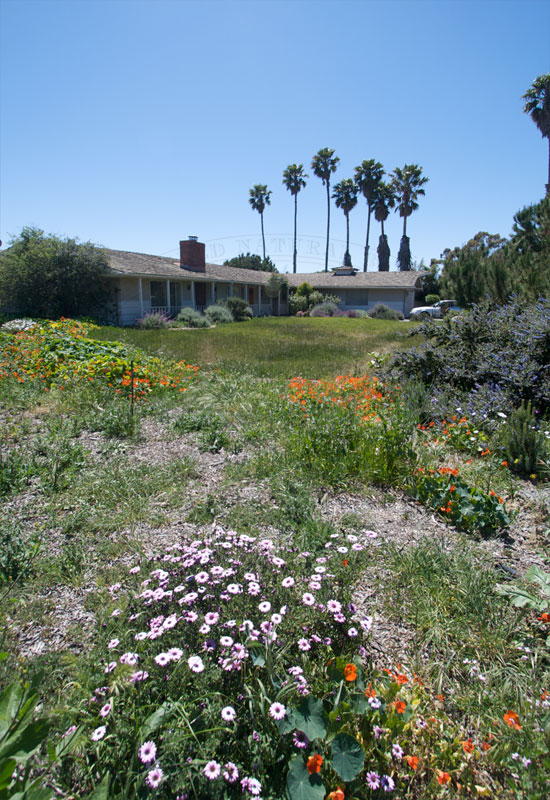 Plant a garden
Plant a garden
Plant a garden around your house in your front or back yard with vegetables, wild and native flowers, and plants which need pollination. This will encourage bees to come and feed in your hearty garden. Try to plant a variety of native shrubs, perennials, and fruit-bearing trees for both spring and summer.
Provide clean water and mud
Bees along with other beneficial insects like butterflies will enjoy fresh water. Mud is essential nesting material for many species of the bee.
Do not use pesticides, herbicides, or chemical fertilizers
Herbicides, pesticides, and chemical fertilizers are extremely harmful to bees. In fact, herbicides, pesticides, and chemical fertilizers are harmful to; insects, animals, and humans. Instead, use natural alternatives like nettle and neem oil. See Neem oil and nettle oil.
Other tips include:
- Mow less often. Mowing grass often kills bees. Try to mow grass when the weather is chilly, overcast or windy.
- Plant a variety of colorful flowers. Bees are often attracted by the flowers with colors of purple, yellow, and blue.
- Plant a variety of flower shapes. By doing this you are attracting many species of bees with short and long tongues.
- Provide a wild area in your garden. Try to commit an entire area of wild grown perennials, native plants and shrubs. This will help attract more bees as you are providing them with a natural habitat.
Here is a list of some native plants known for bees to be attracted to for Spring season.
- Elegant Clarkia (Clarkia unguiculata)
- Wild lilac (Ceanothus Julia Phelps)
- Wild lilac (Ceanothus Ray Hartman)
- Black sage (Salvia mellifera)
- Brandegee Sage (Salvia brandegeei)
- Barberry (Berberis spp.)
- Bush Anemone (Carpenteria californica)
- Bush Sunflower (Encelia californica)
- Lilac Blue Blossom (Ceanothus thyrsiflorus)
- West Redbud (Cercis occidentalis)
- Seaside daisy (Erigeron glaucus)
- Tansy Phacelia (Phacelia tanacetifolia)
- Sticky Phacelia (Phacelia viscida)
- California Poppy (Eschscholzia californica)
- Chinese Houses (Collinsia heterophylia)
- Manzanita (Arctostaphylos spp.)
- Common Yarrow (Achillea millefolium)
- California Gillia (Gillia capitata)
- Sneezeweed (Helenium puberulum)
- Tidytips (Layia platyglossa)
- Blazing Star (Mentzelia lindleyi)
- CA Phacelia (Phacelia californica)
- CA Desert Bluebells (Phacelia campanularia)
- West Verbena (Verbena lasiostachys)
- California Coffeeberry (Rhamnus californica)
- CA Hedgenettle (Stachys bullata)
Here is a list of some non-native plants known for bees to be attracted to for Spring season.
- Bidens (Bidens ferulifolia)
- Catnip Mint (Nepeta spp)
- Rosemary (Rosmarinus officinalis)
- Lavender (Lavandula)
- Pride of Madeira (Echium candicans)
- Toadflax (linaria purpurea)
- Wisteria (Wisteria sinensis)
- Germander Sage (Salvia chamaedryoides)
- Midnight Penstemon (Penstemon-midnight)
- Scented Geranium (Pelargonium graveoiens)
- Horehound (Marrubium vulgare)
- Salvation Jane (Echium plantagiuneum)
- Pot Marigold (Calendula spp)
- Borage (Borage officinalis)
Here is a list of some non-native plants known for bees to be attracted to for Summer season.
- Black-Eyed Susan (Rudbeckia hirta)
- Cosmos (Cosmos sulphureus)
- Cosmos(Cosmos bipinnatus)
- Monch (Aster x frikartii)
- Blanket Flower (Gaillardia x grandiflora)
- Sky Flower (Duranta erecta)
- Autumn Sage (Salvia greggii)
- Russian Sage (Perovskia atriplicifolia)
- Salvia (Indigo Spires) - Hybrid
- Bog Sage (Salvia uliginosa)
- Chaste Tree (Vitex agnus-castus)
- Palo Verde (Parkinsonia aculeata)
- Pumpkins, Squash (Cucurbitaceae)
Here is a list of some native plants known for bees to be attracted to for Summer season.
- Yarrow (Achillea millefolium)
- Sunflower (Helianthus annuus)
- Goldenrod (Solidago californica)
- California Buckwheat (Eriogonum fasciculatum)
- Red Buckwheat (Eriogonum grande rubescens)
- Coast Buckwheat (Eriogonum latifolium)
- Hairy Gum Plant (Grindella hirsutula)
- Gum Plant (Grindella stricta)
- Pt. Reyes Horkelia (Horkelia marinensis)
- Deerweed (Lotus scoparius)
- Elegant Madia (Madia elegans densiflora)
- Mountain Monardella ( Monardella odoratissima)
- Penstemon (Penstemon heterophyllus)
- Verbena (Verbena lasiostachys)












